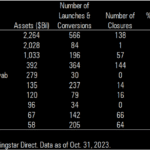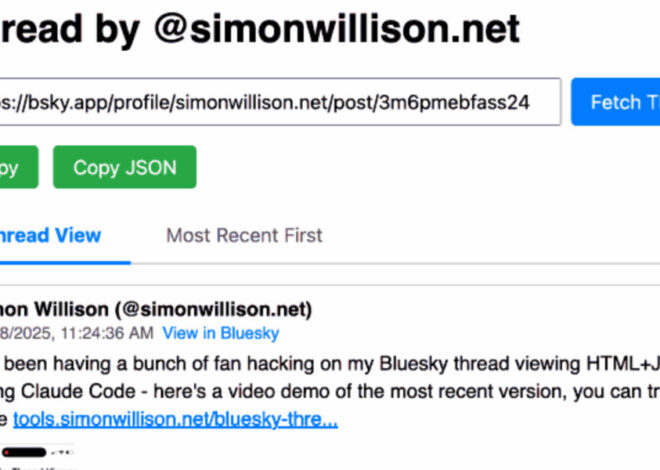Today in AI, the right tools can make all the difference. As an AI reseacher, I’m always hunting for open-source projects that boost productivity and learning. In 2025, a mix of new and classic repos have risen to prominence. The following ten are my go-to picks – each covering a key facet of AI engineering (from coding assistants to model libraries). Dive in to see why I find them indispensable, and be sure to check them out on GitHub!
1. ForgeCode – Terminal-native AI pair programmer
ForgeCode is a CLI-based coding assistant that integrates seamlessly into my development workflow. It runs entirely in your terminal, so I don’t have to juggle web UIs or plugins. I can ask it to explain code, refactor functions, or suggest new features – all without leaving the shell. It’s zero-configuration, fully open-source, and feels like having a highly responsive teammate in my terminal.
2. OpenAI GPT-OSS – Open-weight GPT models
In 2025, OpenAI released two open-source GPT models: gpt-oss-120b and gpt-oss-20b. These Apache-licensed LLMs are designed for reasoning, agentic tasks, and versatile developer use cases. I’ve been using them locally for chain-of-thought prompting and fine-tuning. Having open-weight GPT finally means we can inspect, adapt, and innovate on top of OpenAI’s models.
3. Auto-GPT – Self-driving AI agents
Auto-GPT is the first application to fully implement autonomous AI agents. Think of it as a “digital apprentice” that breaks down goals into actionable steps and executes them with LLMs. I’ve used it to automate workflows like data gathering, content creation, and task scheduling. It’s one of the most exciting repos to explore when learning about agentic AI.
4. LangChain – Framework for LLM-powered apps
LangChain is my go-to for building multi-step language applications. It handles prompt templating, vector retrieval, tool use, and agent loops with ease. I rely on it to assemble chatbots, RAG systems, and workflow orchestration. Its integrations and modular design make experimenting with LLM pipelines much faster.
This Gradio-based Web UI is the most popular interface for Stable Diffusion. From text-to-image prompts to advanced workflows like LoRA fine-tuning, ControlNet, and inpainting, it does it all. I use it whenever I need to quickly try checkpoints or visualize creative ideas. Its plugin ecosystem makes it the hub of the diffusion community.
6. Dify – RAG app builder
Dify provides an all-in-one toolchain for rapidly building retrieval-augmented generation (RAG) apps. I’ve spun up customer-support bots and document assistants with just a few clicks. It supports ingestion, vector search, prompt orchestration, and deployment. If you want production-ready RAG pipelines, Dify is worth a look.
7. ComfyUI – Visual pipeline editor
ComfyUI turns Stable Diffusion pipelines into drag-and-drop workflows. I can build complex AIGC flows by connecting nodes for models, prompts, and transformations. It supports SDXL, LoRA, ControlNet, and more. For rapid experimentation without code, this repo is a creative game-changer.
8. RAGFlow – Modular RAG framework
RAGFlow simplifies building Q&A and summarization systems. It manages data ingestion, vector indexing, retrieval, and LLM orchestration. I use it to quickly prototype knowledge-driven assistants without worrying about low-level plumbing. It’s a practical toolkit for mastering RAG-based workflows.
9. GPT-Engineer – AI-assisted project scaffolding
GPT-Engineer can generate entire project structures from plain-language specs. I’ve asked it for a Flask API, and it delivered a complete folder with working code. It also supports iterative refinement, letting me evolve a project with prompts. It’s a must-try for seeing how far AI-assisted coding can go.
Transformers is the library that powers state-of-the-art models across text, vision, audio, and multimodal tasks. I use it daily for inference, fine-tuning, and deployment. With millions of model checkpoints available, it’s the core toolkit every AI engineer relies on.
11. Agno – AI orchestration made simple
Agno focuses on making AI agent orchestration production-ready. It gives me clean abstractions for tasks, workflows, and tool use. I like it for building scalable AI backends that stay maintainable as they grow.
Conclusion
Each of these ten repositories tackles a different slice of AI engineering. I rely on ForgeCode and GPT-Engineer for smart coding assistance, LangChain and RAGFlow for workflow orchestration, Stable Diffusion Web UI and ComfyUI for creative AI, and Transformers or GPT-OSS for core model needs.
👉 Explore their GitHub pages, star the ones that resonate, and experiment with them in your projects. Staying hands-on with these tools is the best way to sharpen your AI engineering skills in 2025.








